 |
| Uranus |
Uranus is the seventh planet from the sun, and one of the four outer planets in our solar system. Discovered in 1781 by William Herschel, Uranus is the third-largest of the eight planets, although it is roughly four times the size of the planet Earth. Named after the ancient Greek god of the sky, Uranus is composed of a combination of hydrogen and helium, hydrogen being the largest filler of the planets composition at about 83%. This layer is then surrounded by an icy mantle, consisting of an unknown mix of methane and water ice, as well as a rock core.
- Uranus was initially an impression to the naked eye, due to its nature as an outer planet that is seen best through a telescope. It was historically referred to as “Georgium Sidus” by many scientists, but more surprisingly was referred to as the “High Planet” by many Biblical commentators. Uranus has a unique rotation, the only one of its kind, which causes the planet to spin on its side. This sets it apart from the other planets in our solar system, and results in the equator and poles are horizontal rather than vertical.
- Uranus is an ice giant, being composed mostly of frozen water and other substances found in ice, such as methane and ammonia. As one of the few planets that is not composed of mostly gas nor terrestrial, it is not visible from Earth- it only appears as a dim blue-green dot in the sky and can be seen best through a telescope. The planet is covered by faint, gaseous clouds and its atmosphere contains chemicals, such as hydrogen, carbon and oxygen, all of which are different to what is found in the Earth’s atmosphere.
- Uranus also has a number of moons, the most well-known being Uranus’ largest moon, Titania. Other larger moons are Oberon, Ariel, Umbriel, and Miranda. These moons are named after the principal characters in works by William Shakespeare and Alexander Pope, much like the classical planets of our solar system take their names from ancient Greek and Roman gods
Top 10 facts about Uranus
1. Uranus is the seventh planet from the Sun and the third largest planet in the Solar System. It is nearly four times the size of Earth.
2. Uranus has a thick atmosphere made up of mostly hydrogen and helium, with a bit of methane. This creates Uranus’s characteristic blue-green color.
3. Despite being one of the biggest planets in the Solar System, Uranus is very light. This is because it is largely made up of frozen water, ammonia, and methane due to its cold temperatures.
4. Uranus is the coldest planet in the Solar System at an average temperature of -224 degrees Celsius!
5. Uranus has 27 known moons, the most famous of which is called Miranda.
6. Every 84 Earth years, Uranus orbits the sun once. This is because it is tipped over on its side, making its orbit much slower than other planets.
7. Most planets have no rings, but Uranus has 11. They are composed of darkly-colored particles of ice and rock.
8. In 1977, scientists first discovered that Uranus has 27 moons and 11 rings.
9. Uranus is often referred to as the "tilted planet" because it is tilted over 90 degrees on its side. This is likely due to a massive impact that occurred when the planet was still forming.
10. Despite being nearly four times as large as Earth, scientists still don’t fully understand what Uranus is composed of or how it formed.
BONUS
Uranus is a fascinating planet with many interesting features. Its tilt and strange blue color make it one of the most recognizable planets in the Solar System. From its 11 mysterious rings to its 27 moons, Uranus is surely a sight to behold.
Uranus is a unique planet, and is important to our solar system. While it is more difficult to study due to its distance from Earth, we can still explore its atmosphere and moons, giving us insight into our universe and solar system. Uranus is a fascinating planet, and it is sure to continue to fascinate us and draw us further into the wonders of space.
Learn more about what’s in our Solar System with our Facts About Solar Winds; the planets Earth, Moon, Mercury, Venus, Mars, Jupiter, Saturn, Uranus and Neptune and the dwarf planet Pluto.
Thank you for Visiting !!! 💕



Please do not enter any spam link in the comment box.